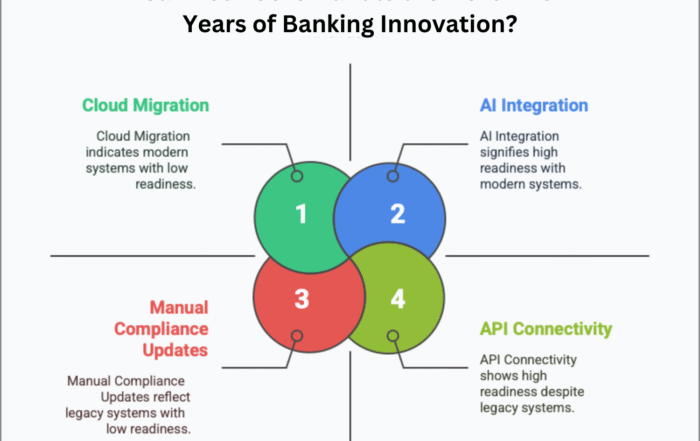Vol 9 / 10

A primary reason core banking transformations fail is the resistance to change from employees, customers, and other stakeholders. This resistance is often the single biggest blind spot for many bank CEOs. These transformations require significant changes to processes and systems, and some people may feel uncomfortable or resistant to these changes. Common sentiments include:
“We’ve always done things this way; why do we need to change?”
“They are trying to eliminate our jobs.”
“I’m retiring in two years; I don’t need all this extra work.”
Whether due to cultural inertia or groupthink, this resistance often does not reach the C-suite’s attention. Banks need to correctly identify, manage, and address this resistance to ensure the success of the transformation.
Resistance to change can take many forms, including skepticism, fear, and outright opposition. Employees may be skeptical of the transformation’s benefits and reluctant to learn new processes and systems. Customers might worry about how the changes will affect their experience with the bank and hesitate to adopt new technologies or services. Regulators and technology vendors may also have concerns about the transformation’s impact on the broader financial ecosystem.
Managing resistance to change is crucial for any transformation effort. Effective communication and stakeholder engagement are key strategies for managing this resistance. This involves transparently communicating the reasons for the transformation, the expected benefits, and the impact on stakeholders, while actively seeking input and feedback from key stakeholders.
Change management techniques, such as training and support programs, are also essential for managing resistance. These programs help individuals and teams understand and adapt to the new processes and systems. Providing the necessary resources, such as training and support, can help individuals and groups effectively implement the change.
Finally, organizations must be flexible and adaptable in their transformation efforts. This includes being open to feedback and suggestions from stakeholders and willing to adjust the transformation plan as needed.
In summary, the failure to re-engineer effectively by managing resistance to change can be a major pitfall in core banking transformations. Addressing this resistance through communication, stakeholder engagement, and change management techniques is crucial for the success of any transformation effort.
If you would like to see the full list of Why Core Banking Transformations Often Fail click the link.
Found this article interesting? Check out these three related reads for more.
- Why Core Banking Transformations Often Fail
- Series (8/10): Why core banking transformations often fail – Treating it like a technology
- 10 reasons why core banking transformations are not just IT projects
#CoreBankingTransformation #ReEngineering





